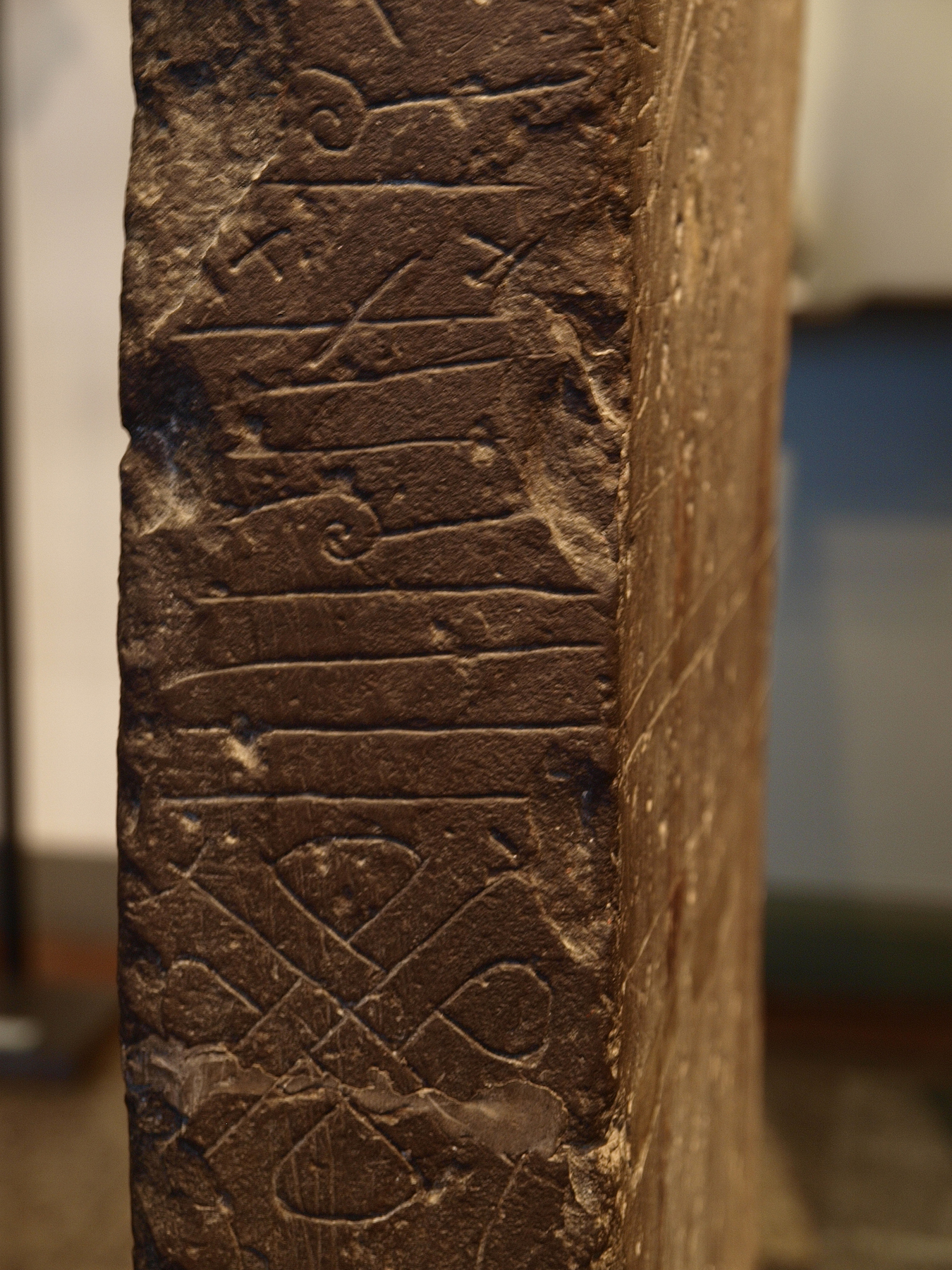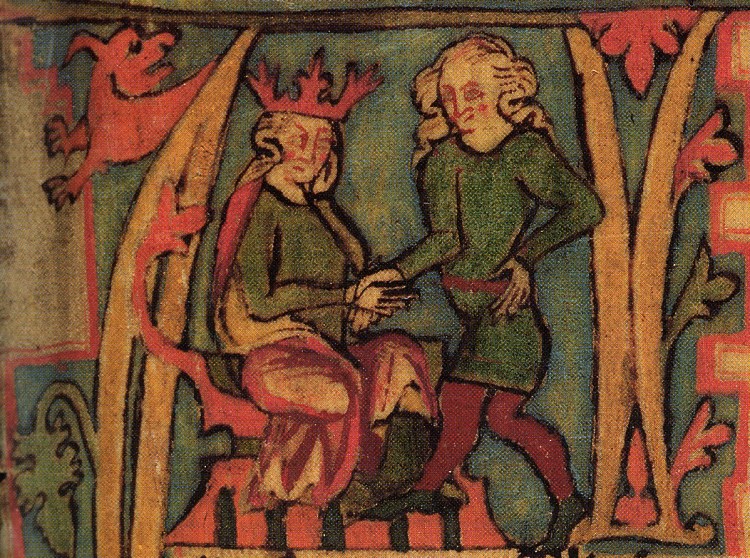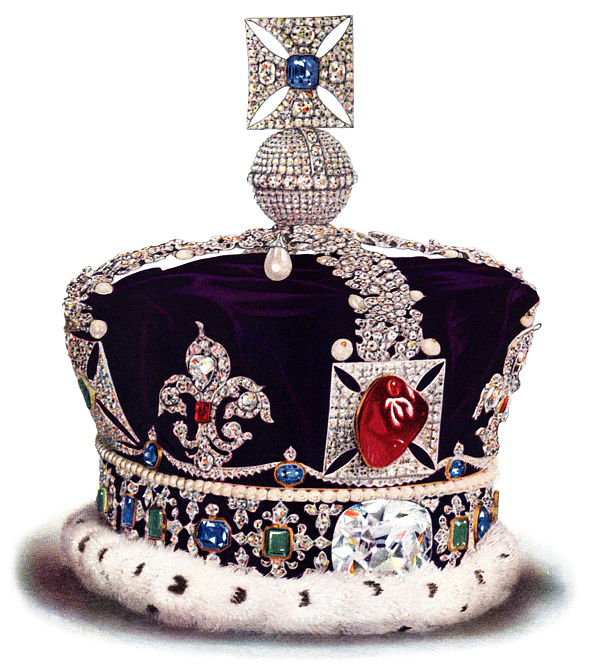|
Hole, Norway
Hole is a Municipalities of Norway, municipality in Buskerud Counties of Norway, county, Norway. It is part of the Districts of Norway, traditional region of Ringerike (traditional district), Ringerike. The administrative centre of the municipality is the village of Vik, Buskerud, Vik. Hole is located around lake Tyrifjorden and extends to the woodland around Oslo. The soil is fertile and suited to growing fruit, berries and other agricultural products. The municipality of Hole was established on 1 January 1838 (see formannskapsdistrikt). The annex of Tyristrand was separated from Hole on 1 July 1916 to become a municipality of its own. The municipality of Hole was merged into the neighboring municipality of Ringerike (municipality), Ringerike in 1964, however, this merger ended in 1977 when Hole was restored as a separate municipality. Infrastructure: the road (European route E16, E16) between Sandvika and Hønefoss has been Norway's most deadly, for the ten-year period that ende ... [...More Info...] [...Related Items...] OR: [Wikipedia] [Google] [Baidu] |
Ringerike (traditional District)
Ringerike is a traditional district in Norway, commonly consisting of the municipalities Hole, Norway, Hole and Ringerike (municipality), Ringerike in Buskerud county. In older times, Ringerike had a larger range which went westward to the municipalities Krødsherad, Modum, and Sigdal, also in Buskerud. Ringerike has a rich history that is connected with one of the most notable kings in the history of Norway, the father of King Harald Fairhair Halfdan the Black, who subdued Gandalf Alfgeirsson, King of Alfheim and half of Vingulmork, and the Dagling clan. Gandalf was possibly the last king of Ringerike, whose name is given to the eponymous King Hring, son of Raum the Old (cf. Romerike), son of Nór (the eponymous ancestor of Norwegians), according to the Sagas of the ancient Northernlands, better known as the ''Orkneyinga saga''. It is possible that this, as the name suggests, was the legendary heartland of the House of Sigurd Hring and Ivar the Wide-Fathoming. There are also many ... [...More Info...] [...Related Items...] OR: [Wikipedia] [Google] [Baidu] |
Parish
A parish is a territorial entity in many Christianity, Christian denominations, constituting a division within a diocese. A parish is under the pastoral care and clerical jurisdiction of a priest#Christianity, priest, often termed a parish priest, who might be assisted by one or more curates, and who operates from a parish church. Historically, a parish often covered the same geographical area as a Manorialism, manor. Its association with the parish church remains paramount. By extension the term ''parish'' refers not only to the territorial entity but to the people of its community or congregation as well as to church property within it. In England this church property was technically in ownership of the parish priest ''Ex officio member, ex officio'', vested in him on his institution to that parish. Etymology and use First attested in English in the late 13th century, the word ''parish'' comes from the Old French , in turn from , the Romanization of Greek, Romanisation of ... [...More Info...] [...Related Items...] OR: [Wikipedia] [Google] [Baidu] |
Åsta Gudbrandsdatter
Åsta Gudbrandsdatter (c. 975/980 – c. 1020/1030) was the mother of two Norwegian kings, Saint Olaf and Harald Hardrada. The primary source for the life of Åsta is Snorri Sturluson's saga Heimskringla, a 13th-century collection of tales about the lives of the Norwegian kings. In the chronicle, Åsta is described as "generous and high-minded" and as a keen political player and guiding influence on her royal husbands and children. Her parents were Gudbrand Kula and Ulfhild. Wife of Harald Grenske Åsta Gudbrandsdatter first appears in Snorri's 'Saga of King Olaf Tryggvason' as the wife of Harald Grenske (Grenski), ruler of Vestfold. In the summer of 994, although already married to Åsta, Harald traveled to the Baltic and proposed marriage to his foster-sister Sigrid. He had learned that her landholdings in Sweden were no less extensive than his own in Norway, and promised to abandon Åsta, who although "good and clever" was not as well-born as he was. Sigrid refuse ... [...More Info...] [...Related Items...] OR: [Wikipedia] [Google] [Baidu] |
Harald I Of Norway
Harald Fairhair (; – ) was a Norwegian king. According to traditions current in Norway and Iceland in the eleventh and twelfth centuries, he reigned from 872 to 930 and was the first King of Norway. Supposedly, two of his sons, Eric Bloodaxe and Haakon the Good, succeeded Harald to become kings after his death. Much of Harald's biography is uncertain. A couple of praise poems by his court poet Þorbjörn Hornklofi survive in fragments, but the extant accounts of his life come from sagas set down in writing around three centuries after his lifetime. His life is described in several of the Kings' sagas, none of them older than the twelfth century. Their accounts of Harald and his life differ on many points, but it is clear that in the twelfth and thirteenth centuries Harald was regarded as having unified Norway into one kingdom. Since the nineteenth century, when Norway was in a personal union with Sweden, Harald has become a national icon of Norway and a symbol of ind ... [...More Info...] [...Related Items...] OR: [Wikipedia] [Google] [Baidu] |
Sigurd Syr
Sigurd Syr (Old Norse: ''Sigurðr Sýr'') (died c. 1018) was a Norwegian petty king of Ringerike, a region in Buskerud. He was notable in Norwegian history largely through his association with Kings Harald Hardrada and Olaf II of Norway. By his marriage with Åsta Gudbrandsdatter after her first husband Harald Grenske had died, Sigurd Syr was stepfather of King Olaf II and the father of King Harald III. Biography The traditional view of Sigurd Halvdansson Syr's pedigree, as presented in various Icelandic poems and historical sagas culminating in Snorri Sturluson's ''Heimskringla'', is that he was a great-grandson of King Harald Fairhair, through Harald's son Sigurd Rise. Doubt has been cast on his connection with Sigurd Rise, a relatively obscure son of Harald Fairhair by a Sami girl named Snæfrithr Svásadottir.Snorri Sturluson, ''Heimskringla: History of the Kings of Norway'', tr. Lee M. Hollander, The American-Scandinavian Foundation, Austin: University of Texas Press, ... [...More Info...] [...Related Items...] OR: [Wikipedia] [Google] [Baidu] |
Sled
A sled, skid, sledge, or sleigh is a land vehicle that slides across a surface, usually of ice or snow. It is built with either a smooth underside or a separate body supported by two or more smooth, relatively narrow, longitudinal runners similar in principle to skis. This reduces the amount of friction, which helps to carry heavy loads. Some designs are used to transport passengers or cargo across relatively level ground. Others are designed to go downhill for recreation, particularly by children, or competition (compare cross-country skiing with its downhill cousin). Shades of meaning differentiating the three terms often reflect regional variations depending on historical uses and prevailing climate. In British English, ''sledge'' is the general term, and more common than ''sled''. '' Toboggan'' is sometimes used synonymously with ''sledge'' but more often to refer to a particular type of sledge without runners. ''Sleigh'' refers to a moderate to large-sized, usuall ... [...More Info...] [...Related Items...] OR: [Wikipedia] [Google] [Baidu] |
Randsfjorden
Randsfjorden is Norway's fourth-largest lake with an area of . Its volume is estimated at just over , and its greatest depth is . The lake is located at an elevation of above sea level. It is located in Innlandet and Akershus counties in the municipalities of Gran, Jevnaker, Nordre Land, and Søndre Land in the districts of Land and Hadeland. It is drained by the Randselva river. In ''Heimskringla'', Snorri Sturluson recorded that Halfdan the Black (''Halvdan Svarte''), father of Harald Hårfagre, the first King of Norway, journeyed over the lake while returning home from a visit to Hadeland. Traveling with a horse and sleigh while the lake was supposedly frozen, he fell through the ice and drowned. In modern times, many golf courses have been set up on the edge of the lake. The Tangen–Horn ferry runs between Horn on the east bank and Tangen on the west, which is Norway's last remaining and regularly operating car ferry connection on an inland lake. The sightseeing bo ... [...More Info...] [...Related Items...] OR: [Wikipedia] [Google] [Baidu] |
Berserker
In the Old Norse written corpus, berserkers () were Scandinavian warriors who were said to have fought in a trance-like fury, a characteristic which later gave rise to the modern English adjective ''wikt:berserk#Adjective, berserk'' . Berserkers are attested to in numerous Old Norse sources. Etymology The Old Norse form of the word was (plural ), a compound word of ''ber'' and ''serkr''. The second part, ''serkr'', means (also found in Middle English, see ). The first part, ''ber'', on the other hand, can mean several things, but is assumed to have most likely meant , with the full word, ''berserkr'', meaning just , as in . Thirteenth-century historian Snorri Sturluson, an Icelander who lived around 200 years after berserkers were outlawed in Iceland (outlawed in 1015), on the other hand, interpreted the meaning as , that is to say that the warriors went into battle without armour, but that view has largely been abandoned, due to contradicting and lack of supporting evidenc ... [...More Info...] [...Related Items...] OR: [Wikipedia] [Google] [Baidu] |
Sigurd Hart
Sigurd Hart or Sigurd Hjort was a legendary king of Ringerike (modern central south Norway), during the late 9th or early 10th centuries. he is mentioned in ''Ragnarssona þáttr'' ("The Tale of Ragnar's Sons") and in '' Halvdan Svartes saga'' ("Halfdan the Black's Saga"). ''Ragnarssona þáttr'' states that Sigurd Hart was the son of Helgi the Sharp (the great-great-grandson of king Ring of Ringerike) of the Dagling dynasty and Helgi's wife Aslaug. Helgi was reportedly the son-in-law of Sigurd Snake-in-the-Eye (one of Ragnar Lodbrok's sons) and Blaeja, the daughter of king Aelle II of Northumbria. Biography Traditional sources state that Sigurd Hart was only 12 years old when he slew a berserker named Hildibrand in a duel, and 11 other men. He married a woman named Ingeborg (supposedly the daughter of the historical Jutish chieftain Harald Klak, c. 785 – c. 852, although Harald was probably too old for that to be true). Sigurd Hart and Ingeborg had children named Gutho ... [...More Info...] [...Related Items...] OR: [Wikipedia] [Google] [Baidu] |
Halfdan The Black
Halfdan the Black (Old Norse: ''Halfdanr Svarti''; ) was a king of Vestfold. He belonged to the House of Yngling and was the father of Harald Fairhair, the first king of a unified Norway. In sagas According to ''Heimskringla'' and ''Fagrskinna'', Halfdan was the son of the Yngling King Gudrød the Hunter. ''Heimskringla'' also names his mother, as Åsa, daughter of King Harald of Agder, and his half-brother as Olaf Geirstad-Alf. Heimskringla relates that when Halfdan's father was killed, Åsa took the 1 year-old Halfdan and returned to Agder, where Halfdan was raised. When he was 18 or 19 years old, Halfdan became king of Agder. He quickly began adding to his kingdom, through political negotiation and military conquest. He divided the kingdom of Vestfold with his brother Olaf and, through military action, persuaded King Gandalf of Vingulmark to cede half his kingdom. Based on the formulaic nature of his ties to his predecessors, his strong affiliation with Agder, and the f ... [...More Info...] [...Related Items...] OR: [Wikipedia] [Google] [Baidu] |
List Of Norwegian Monarchs
The list of Norwegian monarchs ( or ''kongerekka'') begins in 872: the traditional dating of the Battle of Hafrsfjord, after which victorious King Harald Fairhair Unification of Norway, merged several Petty kingdoms of Norway, petty kingdoms into that of his father. Named after the Norway#Etymology, homonymous geographical region, Harald's realm was later to be known as the Norway, Kingdom of Norway. Traditionally established in 872 and existing continuously for over 1,100 years, the Kingdom of Norway is one of the oldest states of Europe: King Harald V of Norway, Harald V, who has reigned since 1991, is the 64th monarch according to the official list. During interregnum, interregna, Norway has been ruled by variously titled regents. Several royal Dynasty, dynasties have possessed the Throne of the Kingdom of Norway: the more prominent include the Fairhair dynasty (872–970), the House of Sverre (1184–1319), the House of Oldenburg (1450–1481, 1483–1533, 1537–1818, and f ... [...More Info...] [...Related Items...] OR: [Wikipedia] [Google] [Baidu] |
Crown (headgear)
A crown is a traditional form of head adornment, or hat, worn by monarchs as a symbol of their power and dignity. A crown is often, by extension, a symbol of the monarch's government or items endorsed by it. The word itself is used, particularly in Commonwealth countries, as an abstract name for the monarchy itself (and, by extension, the state of which said monarch is head) as distinct from the individual who inhabits it (that is, ''The Crown''). A specific type of crown (or coronet for lower ranks of peerage) is employed in heraldry under strict rules. Indeed, some monarchies never had a physical crown, just a heraldic representation, as in the constitutional kingdom of Belgium. Variations * Costume headgear imitating a monarch's crown is also called a crown hat. Such costume crowns may be worn by actors portraying a monarch, people at costume parties, or ritual "monarchs" such as the king of a Carnival krewe, or the person who found the trinket in a king cake. * The ... [...More Info...] [...Related Items...] OR: [Wikipedia] [Google] [Baidu] |








